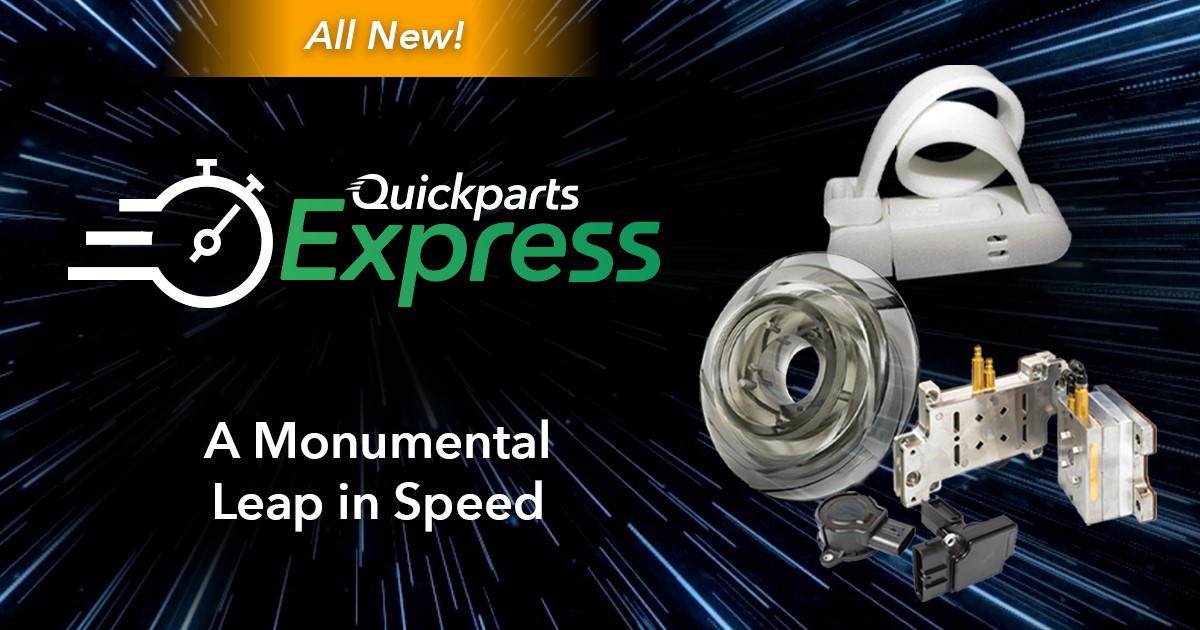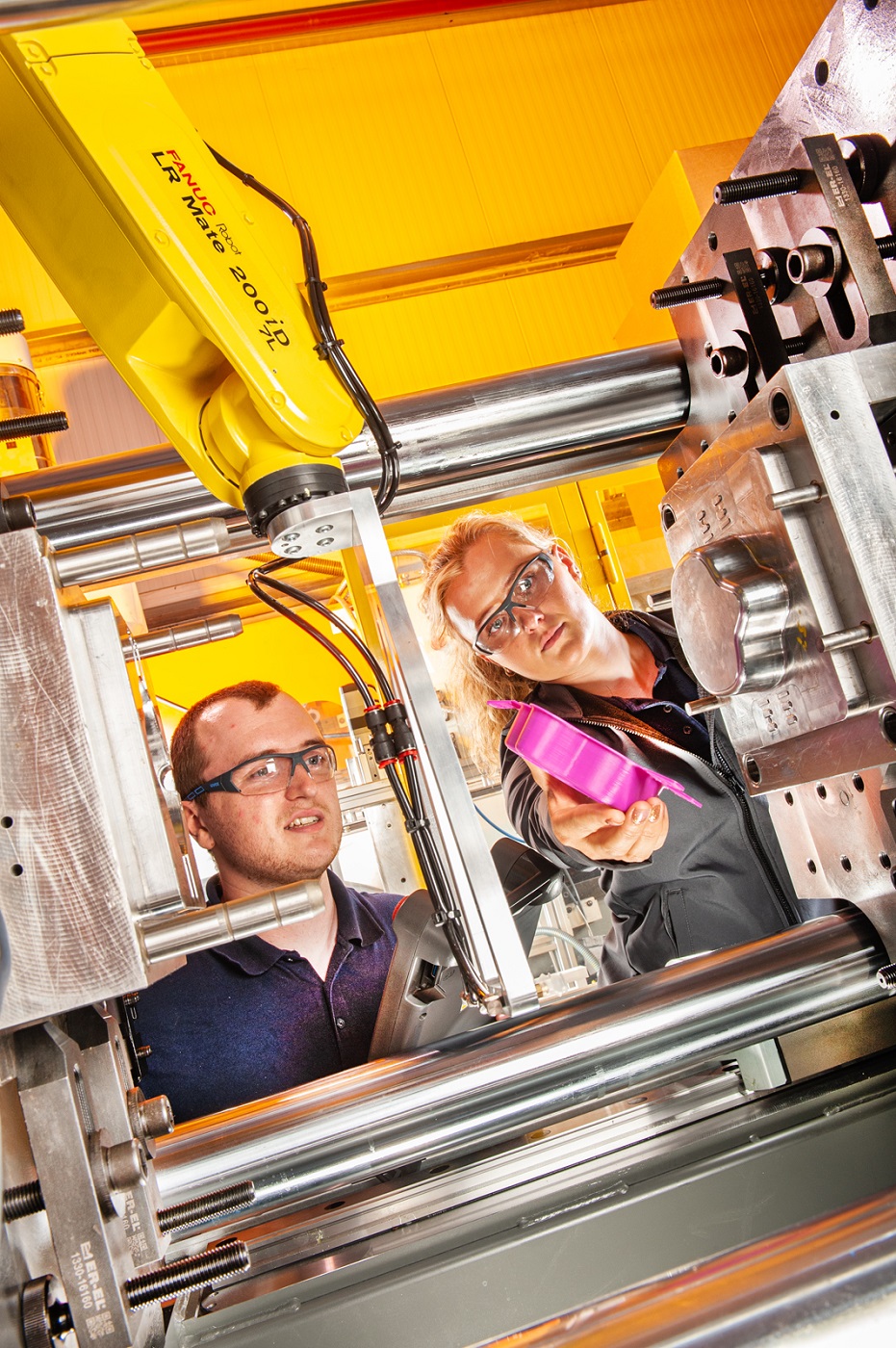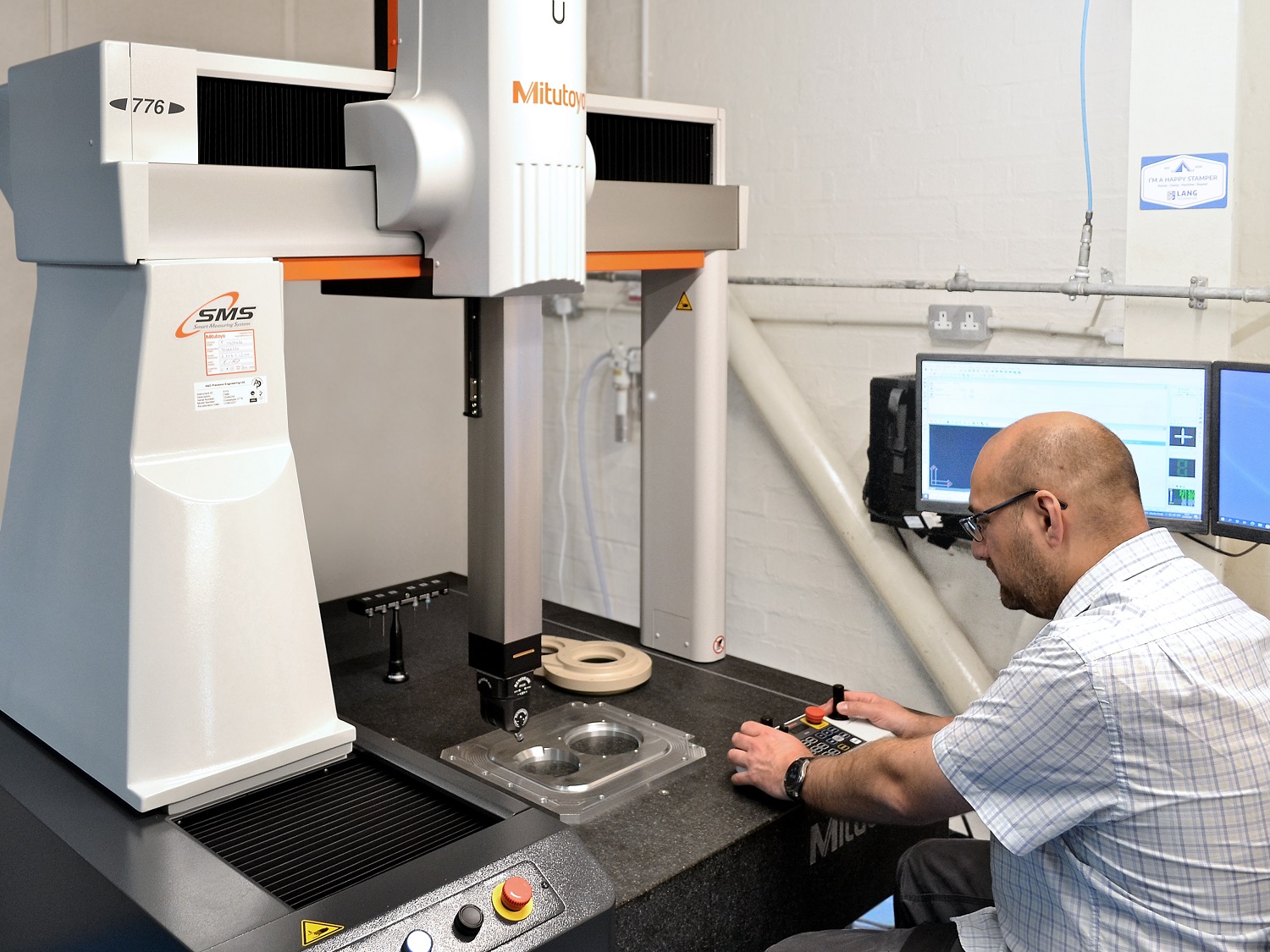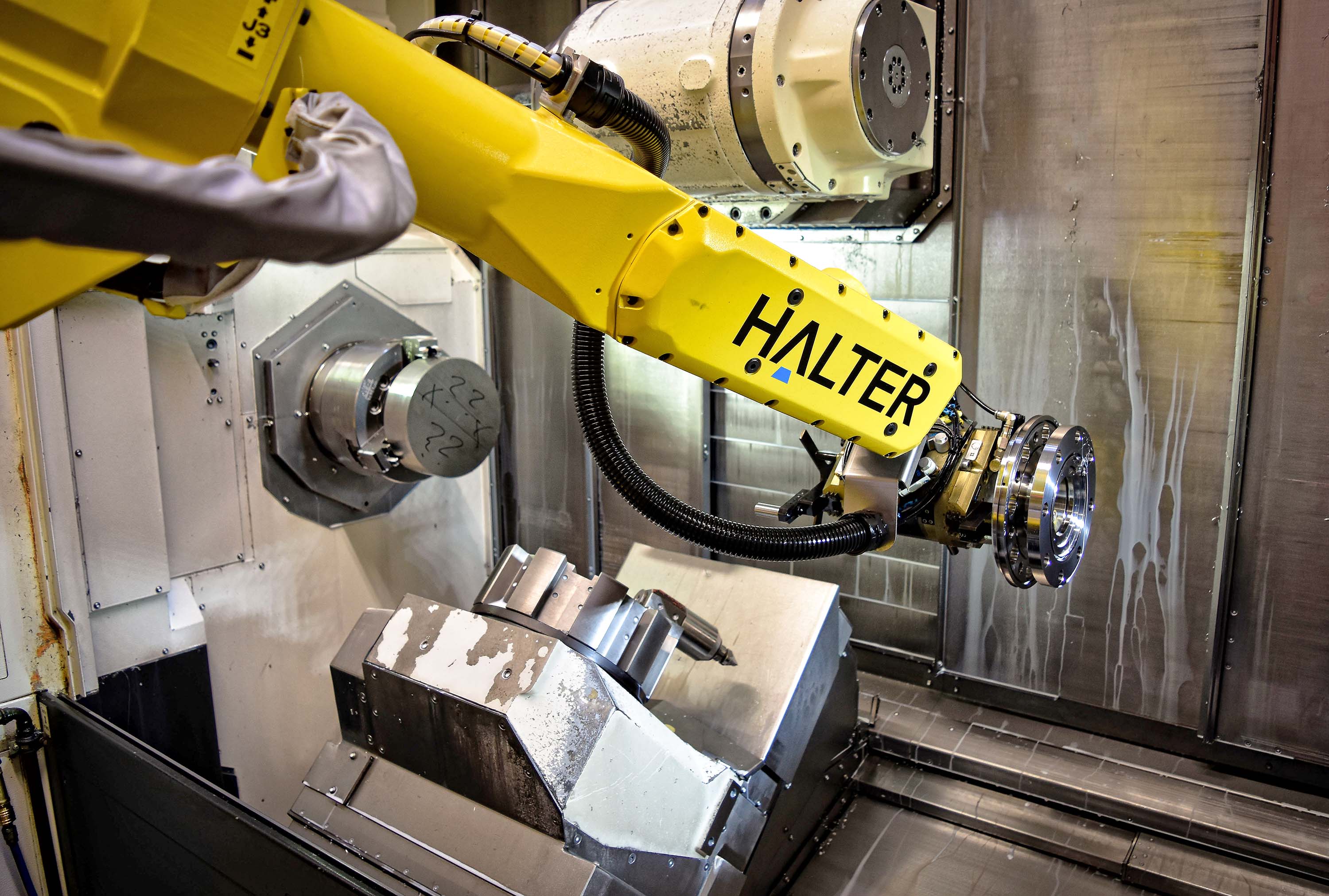Founded in 2000 by a father and son team, Bloom in Box was initially set up as an injection moulding business applying its combined 50 years of experience to a handful of manual machine tools. Move forward 22 years and David Reardon has taken the reigns from his father and been joined by his children. The company now manufactures a complete range of its own product lines utilising its expertise in injection moulding, toolmaking and design.
In its infancy, the Burscough-based business was working like every toolmaking business – making products for customers in a B2B environment. Now, the company produces scoops and measures for the food and health industry, security fencing and wall spikes, laundry pegs, face visors and of course the floral range of bottle bouquets and the ‘Bloomie’ living vases from where the company gets its name. Bloom in Box is even developing new medical and PPE product lines. The company manufactures all product lines from recycled materials in-house at the Lancashire facility with support from cutting tool manufacturer Industrial Tooling Corporation (ITC).
Bloom in Box produces more than half a million scoops and measures a month, and receives more than 300 orders a day for its security spikes and laundry products, and that is before considering the popular floral side of the business and other projects like run-flat systems for cars.
Among the business challenges for the company concerned its cutting tool supply. Recalling this, owner and co-founder David Reardon says: “We were a small business with a Hurco VM10i machining centre and we used a couple of different and well-known tooling suppliers, none of which supported us fully as a small business. It was around 5-6 years ago we upgraded the machine to a larger Hurco VM20i three-axis VMC and we still had several sales reps suggesting tools that would never fully resolve our issues – until we met Gary Murrey from ITC.”
It was the attention to detail and the time spent supporting and trialling the tools at Bloom in Box that really impressed Reardon.
“Gary helped us with tool set-ups, trials and advice – he put the effort into customer support. The attention to detail and picking the right tools for our applications yielded huge benefits for our business. It wasn’t just the ITC service that was far superior to other companies, it appeared the products were on a different level too.”
Predominantly machining P20 tool steel, Bloom in Box initially trialled the Widia M1200 face milling platform for rough machining. With long tool life and high metal removal rates in rough machining applications, the tool proved a major success and the company adopted both the 32 and 40 mm diameter variants with 7 mm inserts. This choice paved the way for the next tool: the Widia VXF high-feed milling line.
“We were spending a considerable amount on solid-carbide tools and, in the injection mould industry, everything features a taper,” says Reardon. “This meant that we were unable to engage the full tool flutes and we noticed a lot of wear, and a lot of waste as we weren’t using the whole of the tool.”
To negate this issue, Murrey suggested that Bloom in Box try the Widia high-feed indexable series instead of solid carbide tools. The company applied the VXF 07 16 mm diameter and VXF 09 35 mm diameter range and noticed a marked difference in performance and surface finishes with much higher feed rates and shorter cycle times. More importantly, there was a huge reduction in our tooling consumption and costs.
Now, ITC supplies almost all of the cutting tools at Bloom in Box are, as well as Kemmler machine vices.
“We’ve standardised our tool inventory in the machines now, mainly with tools from ITC,” states Reardon. “The machines are set up for ITC tools with ITC’s Kemmler vices, while our Autodesk PowerMill CAM software has all the parameters of the ITC tools loaded into the tool library to simplify set-ups and programming.”
The company now applies a complete raft of ITC tools throughout the business, with ITC’s solid carbide 2162 ball-nosed end mill range proving suitable for profiling intricate parts. The company also uses ITC’s 4052 taper ball-nose tools, 6051 and 6071 end mills series, and the 2002 and the 2012 series of ball-nose tools for aluminium alongside a multitude of Widia tools that include GP series end mills.
More recently the company has invested in the Big Kaiser HMC hydraulic power chucks.
“Bloom in Box is a company that machines injection mould tools which demand exceptional surface finishes,” says Murrey. “To improve tool rigidity and stability, I recommended the Big Kaiser HMC power chuck and the Big Kaiser Mega 6S collet chucks to achieve the desired surface finishes and improve tool life. Initially, David was sceptical, but after a short trial, he was hooked on the benefits of HMC chucks.”
Adds Reardon: “Our secondary hand finishing reduced significantly after we adopted the Big Kaiser HMC chucks and this saved us a lot of time and labour resources. We use a lot of tools with a long overhang for reaching into cavities and difficult-to-reach surfaces; these applications are naturally less robust and stable. The Big Kasier HMC chucks vastly improved the tool stability and run-out to deliver impeccable surface finishes.”
With four Victor injection moulding machines, a FANUC injection moulding machine and three FANUC robots, the company runs its high-tech facility around the clock. Regardless of its 24/7 operations, Bloom-in-Box is aiming to become carbon neutral over the next 12-18 months. The company works with all-electric machines to reduce power consumption and emissions. Investing in state-of-the-art production equipment and solar energy technology, the company is currently calculating its carbon emissions at less than 10 tonnes of CO2 per year. The ultimate goal is net zero.
Furthermore, Bloom in Box has developed innovative techniques to work with food-grade approved polypropylene, which is 100% recyclable. It is also exploring opportunities to work with compostable plastic.
“We take our environmental responsibilities very seriously and use recyclable materials in all our product lines,” concludes Reardon. “With regards to the machine shop, we run it from our solar power and have innovative products from ITC that help to reduce our machining times, power consumption and costs to improve productivity and throughput. It’s a huge help to our business.”
For further information www.itc-ltd.co.uk



















